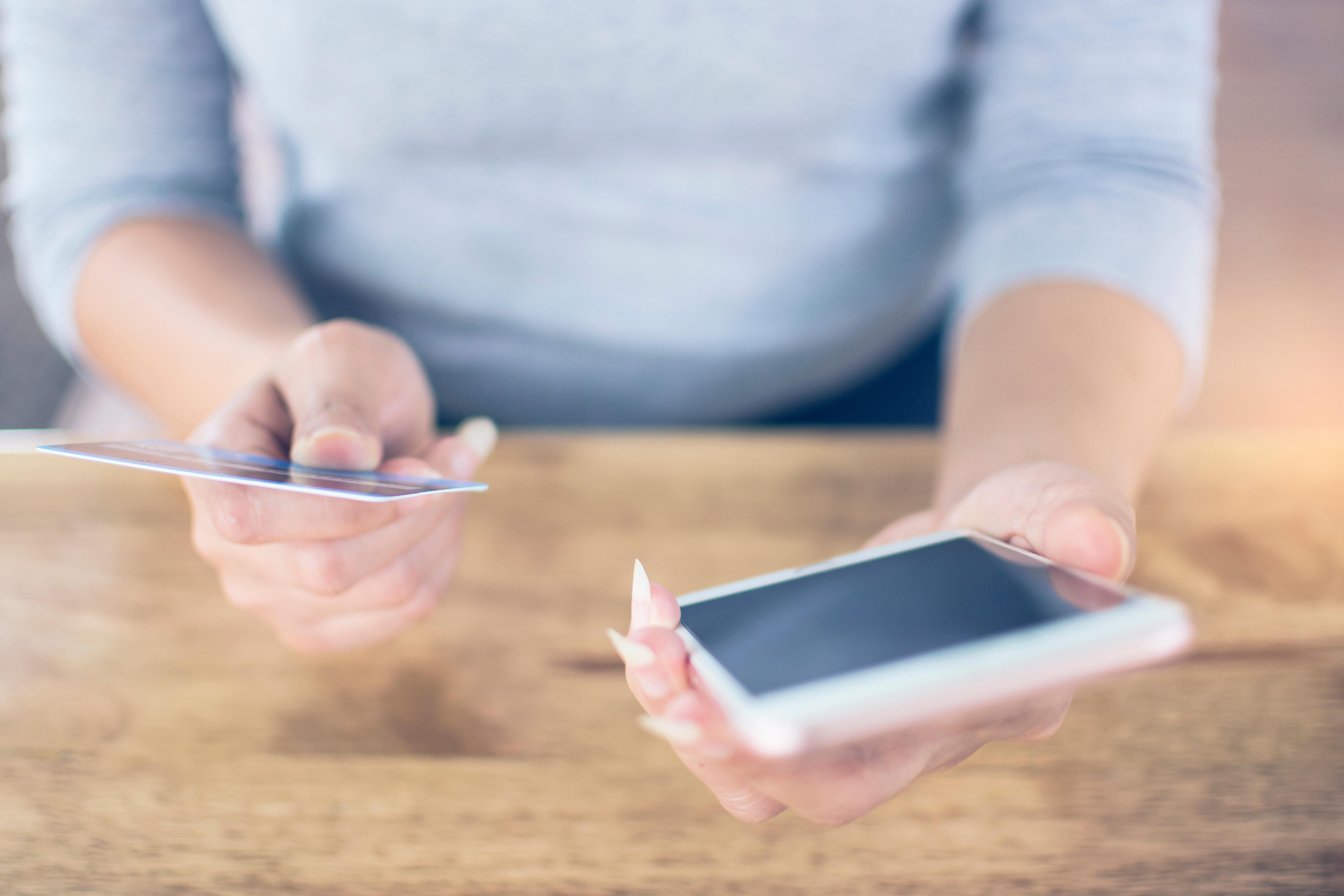
The thrill of buying a new item of clothing fades after just four wears, a study has found.
The study by Oxfam of 2,000 adults revealed almost half enjoy shopping for brand new clothing – but the post-shopping glow doesn’t last long. More than 20 per cent admit the excitement of the item’s “newness” is fleeting, while 17 per cent start to question whether they actually like their new item once their shopping high subsides.
So why, when we are in such a terrible position with the cost-of-living crisis and the impact the fashion industry has on the planet, are we still spending to make ourselves smile?
Luxury in crisis
We may be finding ourselves spending cash on luxury items, like beauty products and trendy clothes, despite tightening our budgets elsewhere.
According to retail expert Wizz Selvey, “Luxury make-up and fashion have always had a strong aspirational pull for consumers, and in this post-Covid reality where the cost-of-living crisis is hitting hard, the climate reminds me of the post-war ‘lipstick effect’. When there are economic challenges in the world, high fashion, make-up and lipstick sales always stay buoyant, and this is what’s happening now, too.”
We still want to treat ourselves, but know we don’t have the money, and so our priorities are confused.
See the look, buy the look
This confusion is only enhanced by the aspirational world of social media.
“In a world where media consumption habits have changed – where, when and how we consume the media – the latest fashion trends come to us on social media – we no longer need to seek them out,” says brand and consumer intelligence expert Jack Richards.
Words like ‘ease’, ‘speed’, and ‘seamless’ are amongst the most used when talking about the online shopping experience, he says.
“The rise of fast fashion coupled with the prominence of all-things-digital allows consumers to explore the rails of their favourite stores on the commuter train, in their lunch break, and in those spare moments, which allows them to see, buy and digitally share their new garments in an instant,” explains Richards.
So, those using social media are more likely to be bombarded with fast fashion messaging, encouraging quick buys from top influencers and celebrities.
Instant gratification
According to Dr Marianne Trent, clinical psychologist and founder of Good Thinking Psychological Services, “If we enjoy shopping, then our feel-good hormone dopamine might well be released when we find something we like and make that purchase.

“Our hormones can start flowing as soon as we even begin to think about things which are pleasurable to us,” she adds.“When we are relying upon external stimulus, such as shopping, for our feel-good moments, we might begin to think we don’t have the ability to do this in any other way. If you enjoy shopping, in a world which can feel overwhelming, shopping can feel comforting.”
But this is a dangerous cycle.
“If we are self-soothing with purchasing behaviours, we may quickly notice the feel-good moments don’t last long. In fact, when it comes to mail order, some have found that it doesn’t even last long enough to be able to wait for the parcel to arrive. This is because the buying is a quick fix, but doesn’t address the root cause of the distress,” says Trent.
Breaking the pattern

There are ways to tackle this clothing-consumption dependence, particularly when money is tight.
“It’s important we recognise the shopping might have become a sticking plaster. It can be helpful to keep a journal for a few days, to recognise what happens before, during and after shopping incidents. This can help [us work out] what brings on the thoughts about wanting to shop. In turn, this can shed light on what the real issues might be which are causing you distress.”







